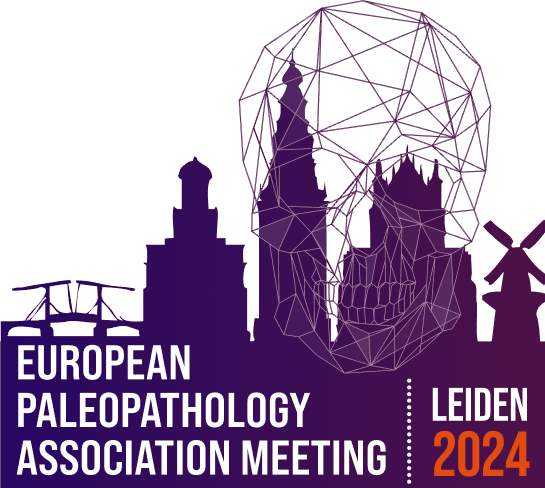Keynotes
PROF. CARLINA DE LA COVA
Paleopathology: A question of ethics
In recent years there has been a movement within bioarchaeology and the broader discipline of biological anthropology to re-evaluate its positions regarding the treatment of ancestors, or deceased individuals. Paleopathology must not be exempt from this discussion, as of all the sub-disciplines, we are the one that works most closely with deceased individuals and ancestral remains. This presentation will discuss, through a consideration of the history and creation of legacy collections, including the Hamann-Todd, Terry, and Cobb anatomical collections, how paleopathology can be more ethically-centered. At this critical juncture, the discipline must take stock and be conscious of its past transgressions, acknowledge the role of ancestors in the present, and engage with descendant communities to understand their research priorities.
PROF. SHARON DEWITTE
Paleopathological Insights on Historical Plague Epidemics
A growing body of bioarchaeological research is providing new insights on past pandemics of plague (caused by Yersinia pestis), specifically clarifying the biosocial factors that shaped vulnerability to plague mortality and deepening the temporal scope of understanding of the syndemic interactions that shape epidemic disease experiences and outcomes. This talk will provide an overview of paleopathological and paleodemographic research on plague that has been done to date in Eurasian contexts and will explore promising areas of inquiry for future scholarship.
PROF. REBECCA GOWLAND
Becoming With: Bioarchaeology and ‘Meeting the Universe Halfway’
Karen Barad’s 2007 book ‘Meeting the Universe Halfway’ has been hugely influential across the social sciences and is having a nascent impact within bioarchaeology. As a theoretical physicist, Barad’s work focusses on ‘materiality’ and ‘matter’, and her concept of ‘agential realism’ provides further challenge to Cartesian epistemologies which have structured our language and thought for so long. Within Barad’s analysis, the body is not a biological beginning, overlain or moulded by culture, but instead emerges in tandem with relational agencies. The body (and the skeleton) becomes co-constituted through ‘entangled materialisations’. Barad uses the concept of ‘intra-action’ to challenge our concepts of causality – the A influences B of cause and effect – and instead recognises the mutual entanglement and co-emergence of relational entities. Barad provides us with a helpful theoretical framework for bioarchaeology, particularly with respect to its complementarity to approaches such as syndemic theory and the Developmental Origins of Health and Disease. This paper applies Barad’s concepts to two very different bioarchaeological case studies – one examining Roman perinatal burials and the other 19th century child labour – to explore the potential of this approach.
Barad, K. (2007) Meeting the Universe Halfway: Quantum Physics and the Entanglement of Matter and Meaning. Duke University Press.
PROF. GEORGE J.R.MAAT
Scurvy: Dying in the cold world of Spitsbergen.
Prior to the Dutch maritime expansion of the 17th and 18th centuries, scurvy was known in the Low Countries as an endemic disease. From the end of the 16th century the disease started to draw much more attention due to increasing long sea journeys of sailors. Already in the Dutch medical literature of 16th century, a strong relation was expressed between the prolonged taking of foodstuffs of poor quality and the risk of contracting scurvy. Although from that time, many Dutch physicians recommended oranges, scurvy grass and brook-lime, it took 200 years before inadequate therapy on the fleet was replaced by systematic prevention. Why did the old time effective recommendations for the therapy of scurvy stay inadequate for mariners? To understand, maritime and medical history were unfolded and evaluated with respect to the paleopathological findings reported on seven winterers who died on Amsterdam Island (1634-1635) and fifty whalers who were buried on the Island of Zeeuwse Uytkijck, Spitsbergen, during the 17th and 18th centuries.
